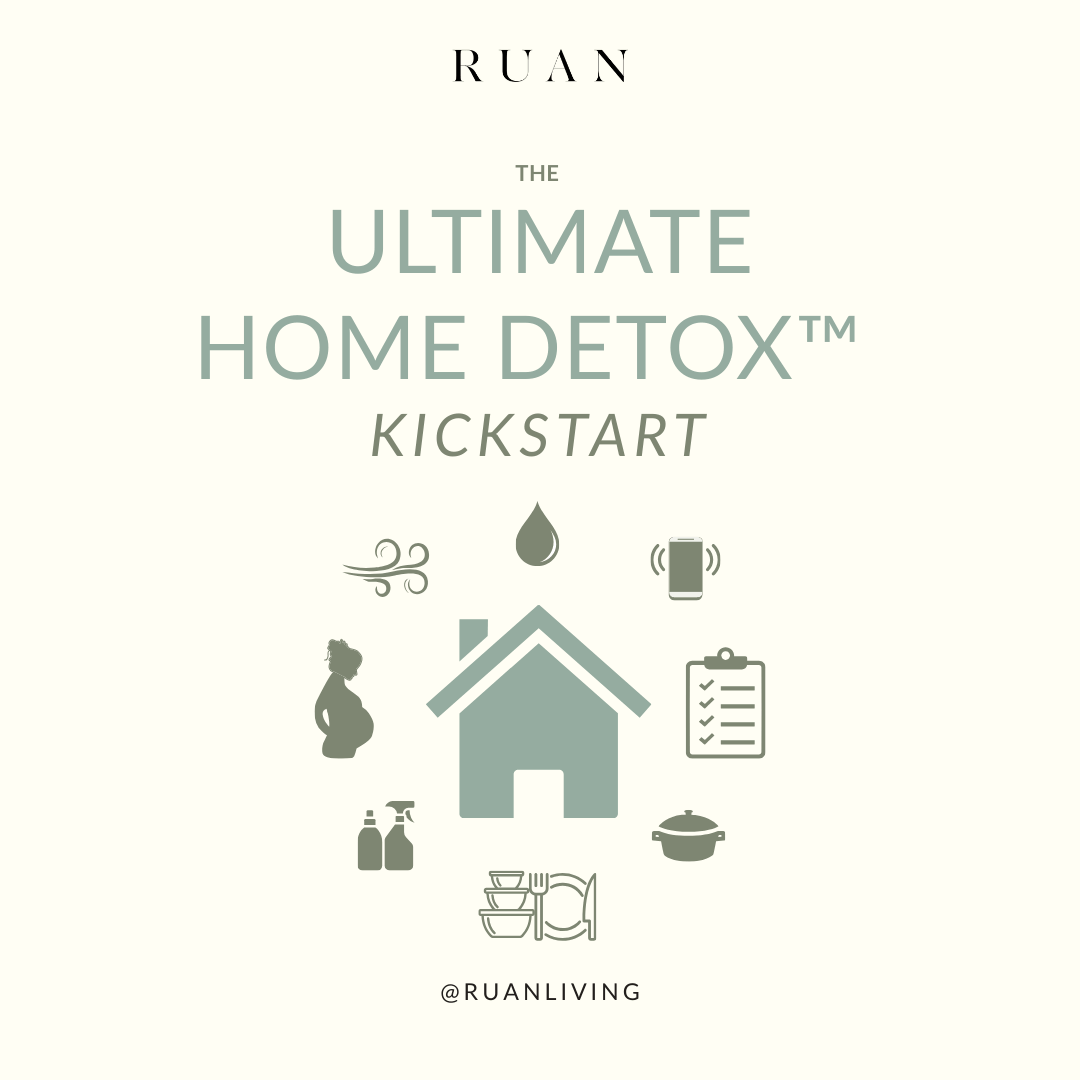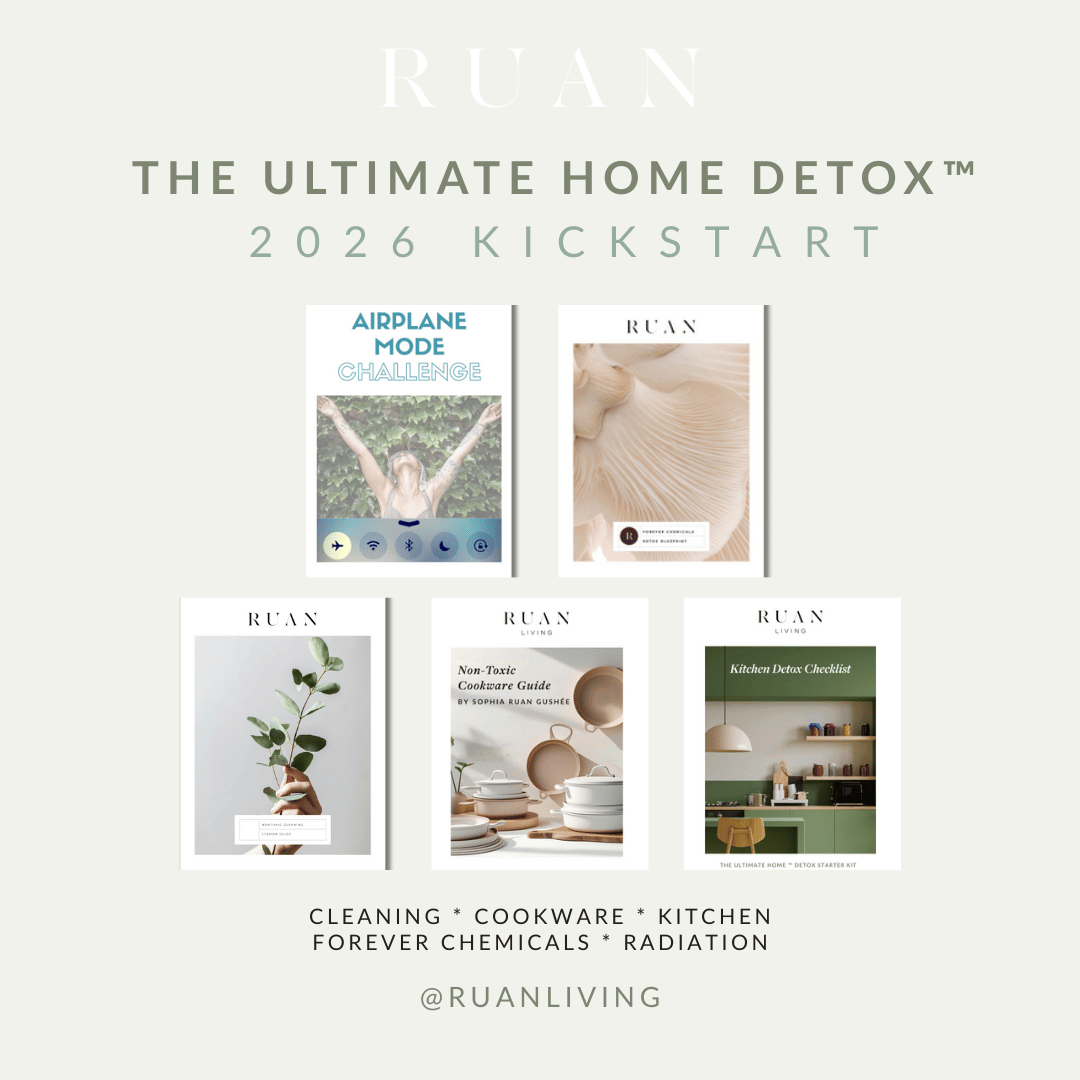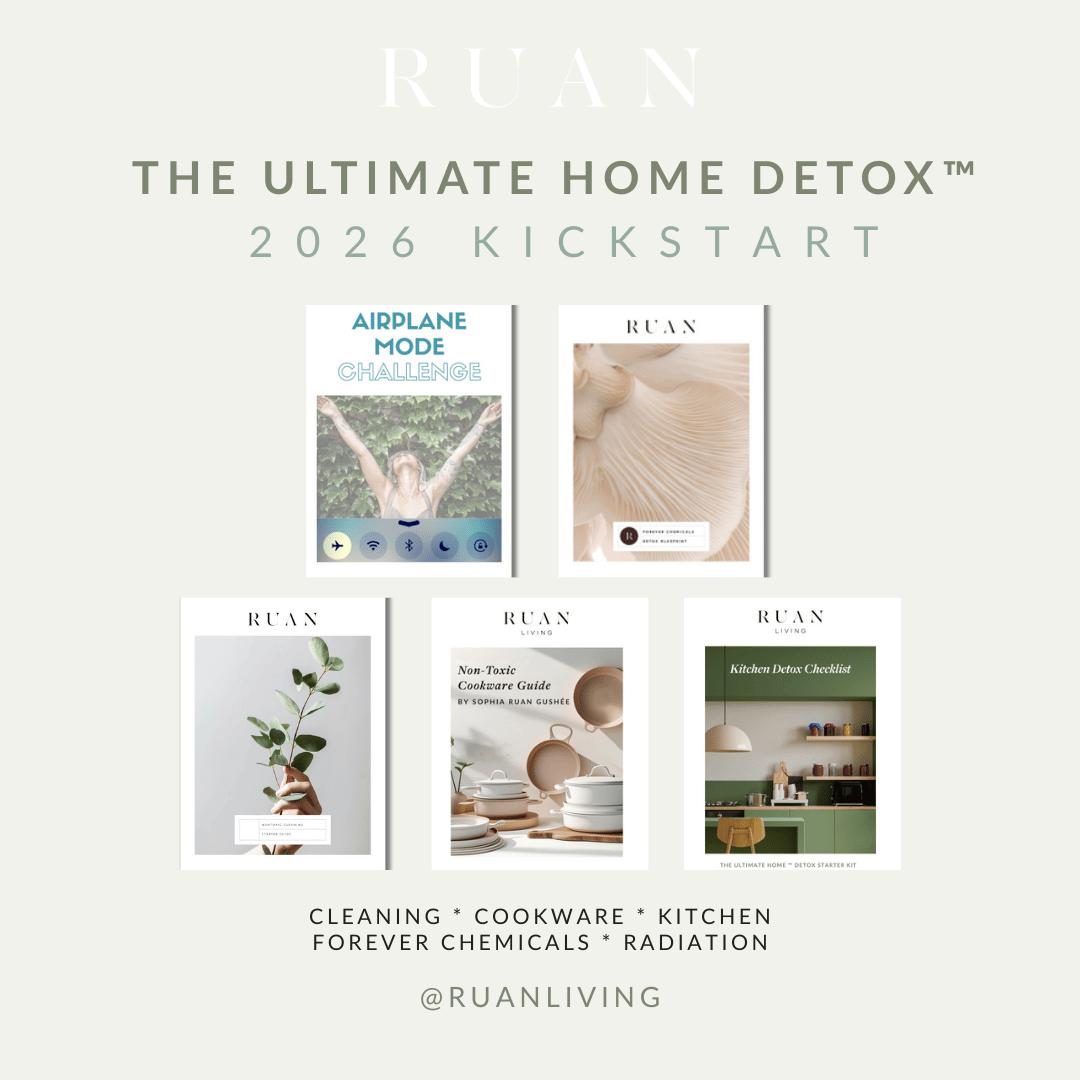
PBDE Flame Retardants Are Still Around
Mar 13, 2018by Angela Cummings and Sophia Ruan Gushée
PBDE flame retardants were phased out in 2004 and 2010, yet these chemicals are still around.
Scientific studies have found PBDEs in humans and the environment—over 8 years later.
They could still be in your home.
What are PBDEs?
Polybrominated diphenyl ethers (PBDEs) are chemical flame retardants. They come in a variety of mixtures such as pentabromodiphenyl ether (c-pentaBDE), octabromodiphenyl ether (c-octaBDE), and decabromodiphenyl ether (c-decaBDE). (1)
In 2004, the United States phased out the manufacturing and import of two PBDEs: pentabromodiphenyl ether (c-pentaBDE) and octabromodiphenyl ether (c-octaBDE). However, chemical varieties of these two PBDEs (and others) are still showing up in humans and the environment. (2)
The third type of PBDE—decabromodiphenyl ether (c-decaBDE)—was encouraged by the U.S. Environmental Protection Agency to be voluntarily phased out of products by December 31, 2013. (3)
How am I exposed?
PBDEs are not “bound” to materials—like plastic, foam, and fabric or textiles. Therefore, they are more likely to leach from these materials…and the products made from these materials. (4)
You can be exposed to PBDEs through textiles, plastic products, wire insulation, automobiles, (5) furniture, bedding, carpet, drapes, and other textiles. (6)
Reasons for Concern
- PBDEs have a negative impact on fertility, development and fetal malformations. (7)
- Studies have linked PBDEs to cancer (8)
- PBDEs are affecting the brain and nervous system (9)
How can I avoid PBDEs?
Since the phase-out of some types of PBDE was voluntary, and there is growing evidence that replacement flame retardants may have similar health effects, it may be most effective to avoid PBDEs by avoiding flame retardants (as best you can), altogether.
- Textiles without flame retardants. Consider choosing clothes, furniture fabric, drapes, and bedding that do not have flame retardants added.
- Less-chemical electronics. All electronics have flame retardants; however, you can choose electronics with less overall chemicals by following the 2017 Green Peace Guide to Greener Electronics.
- Avoid products made of plastic. Opt for products made from natural materials—like glass, ceramic or stone—instead of plastics.
- Choose 100% natural latex without flame retardant. Natural latex is not highly flammable and therefore does not require that chemical flame retardants are added to meet code requirements. (10)
- Use wool. Wool is a natural flame retardant that doesn’t require added flame retardant chemicals. Wool mattresses, clothing, and curtains are a few examples of items that could meet fire-resistant requirements without PBDEs or other flame retardant chemicals.
In Summary
Even though various types PBDEs were phased out and discouraged in 2004 and 2010-2013, these chemicals are still found in humans and the environment today.
PBDEs have been linked to medical conditions such as cancer, liver damage, fertility and development, and neurological challenges. Since some varieties of PBDEs are still allowed (phase out was voluntary), and replacement flame retardants may have similar effects on health, avoid flame retardants altogether.
Instead, consider choosing products made from natural materials—like 100% natural latex, wool, glass, ceramic, or stone—that do not require flame retardant chemicals to be added. Use the 2017 Green Peace Guide to Greener Electronics to choose electronics such as phones and computers that contain fewer chemicals overall.
References
(1)(2)(4)(5) EPA
(6)(7)(8)(9)(10) A to Z of D-Toxing, Works Cited Part 2



